Russia-Ukraine War: Lessons for the Electronic Warfare - Web Review | Latest News - Selected Articles | 9:44 AM 10/18/2022
1/
#Wagner seems to have its own agenda in #Russia's power struggle.
Kremlin 'power grab' in full swing as controversial Wagner Group boss pushes Putin to oust defence minister Shoigu posted at 09:22:52 UTC thenewsandtimes.blogspot.com/2022/10/kremli…
ReutersThree children were among the 13 people killed in their own homes late Monday when Russia’s ’roided up war machine resulted in a military plane incinerating a residential building in the Krasnodar region. Russian officials say those affected by the catastrophe should focus on positive thinking, and head back to work Tuesday in “a good mood.”The questionable advice comes as ordinary Russians, perhaps for the first time since Moscow launched its full-scale war against Ukraine on Feb. 23, ar
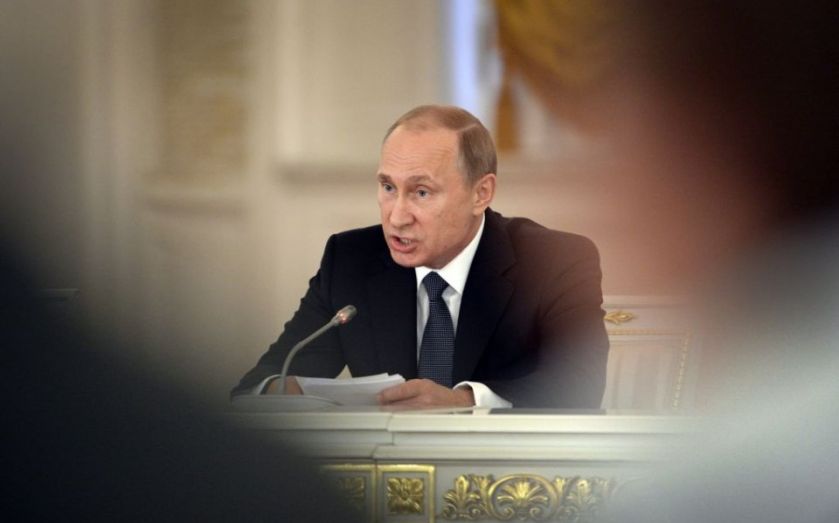
Kyiv rocked by series of explosions in reported retaliation for Crimea bridge blast
Russia suffers huge blow with Crimean bridge explosion
Ukraine recaptures strategic territories in south and east as pressure mounts on Putin’s army
Ukraine’s forces push Russia out of key stronghold
Ukraine’s president Zelensky applies for fast-tracked NATO membership after annexations and nuclear threats
Russians flee en masse to escape Putin’s mobilisation with few flights out of Moscow costing £10,000
Russia holds its breath as Putin mobilises hundreds of thousands amid risk Ukraine war may turn nuclear
Truss vows to maintain UK’s military aid for Ukraine in 2023
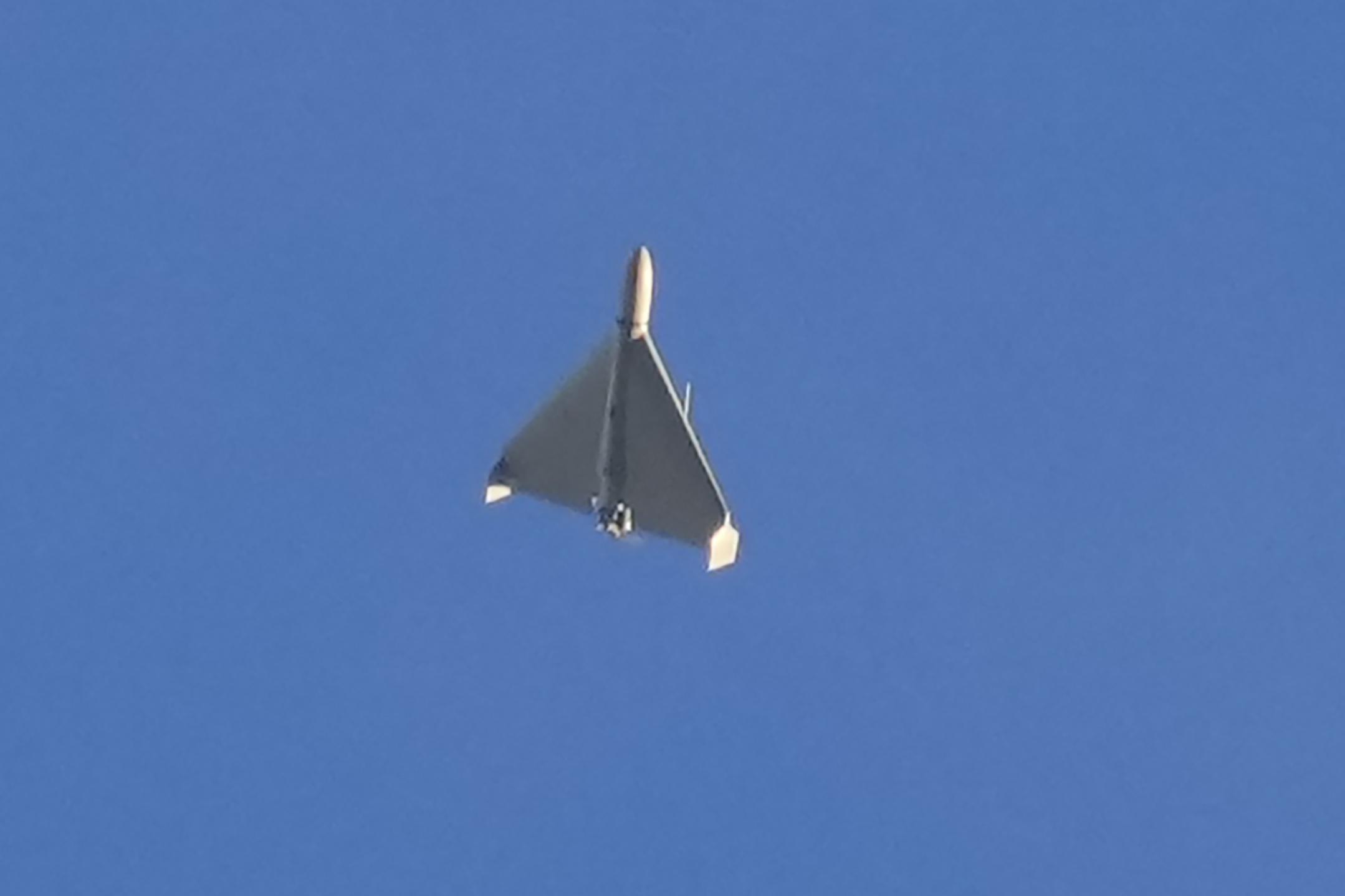
They are precise, small in size, able to engage a target in relatively large numbers like a swarm of wasps and above all, they’re cheap.
In Russia’s invasion of Ukraine, drones have cemented their reputation as a potent, hard-to-stop and cost-effective weapon to seek out and destroy targets while simultaneously spreading the kind of terror that can fray the resolve of soldiers and civilians alike.
They’re also quickly surpassing missiles as the remote weapon of choice because they can be put into any combat theater in greater numbers much more cheaply.
Russia’s unleashing of successive waves of the Iranian-made Shahed drones over Ukraine has multiple goals — taking out key targets, crushing morale, and ultimately draining the enemy’s war chest and weapons as they try to defend against them.
HOW DO WARTIME DRONES WORK?
The Shahed drones that Russia has rebranded as Geran-2 are packed with explosives and are preprogrammed to loiter overhead until they nosedive into a target. That’s reminiscent of Japan’s World War II-era kamikaze pilots who would fly their explosive-laden aircraft into U.S. warships and aircraft carriers during the war in the Pacific.
According to the Ukrainian online publication Defense Express, which cites Iranian data, the delta-wing Shahed is 3.5 meters (11½ feet) long, 2.5 meters (8 feet, 3 inches) wide and weighs approximately 200 kilograms (440 pounds). It’s powered by a 50-horsepower engine with a top speed of 185 kph (114 mph).
Behnam Ben Taleblu, senior fellow at the Washington-based think tank Foundation for Defense of Democracies, said the drone has already been deployed in Yemen and in a deadly oil tanker attack last year. He said its range is about 1,000 kilometers (621 miles).
The new drone technology does not need trained personnel to be sacrificed nor a huge amount of money spent on building sophisticated aircraft to reach a target.
In Monday’s attack on the Ukrainian capital of Kyiv, the city’s mayor, Vitali Klitschko, said 28 drones made up waves of successive attacks. Fired from a truck launcher in rapid succession, the drones can fly low and slow, better able to avoid radar detection. They can also swarm a target, overwhelming defenses particularly in civilian areas.
But according to Mykola Bielieskov, a research fellow at Ukraine’s National Institute for Strategic Studies, the Shahed only carries a 40-kilogram (88-pound) explosive charge, which pales in comparison to the explosive force that a conventional missile’s 480-kilogram (1,050-pound) warhead can deliver at a much longer range.
“It is difficult to hit serious targets with such drones,” Bielieskov said.
SMALL PUNCH BUT LOW COST
At a mere $20,000 apiece, the Shahed is only a tiny fraction of the cost of a more conventional, full-size missile. For example, Russia’s Kalibr cruise missiles, which have seen widespread use in eight months of war, cost the Russian military about $1 million each.
At such a low cost, the Shahed can be deployed in massive numbers to saturate a target, whether it’s a fuel depot or infrastructure and utilities like power or water stations.
Despite its small size, the Shahed’s explosive charge appears powerful enough to do damage. In Monday’s attacks, one drone struck an operations center while another slammed into a five-story residential building, ripping a large hole in it and collapsing at least three apartments, resulting in the deaths of three people.
Bielieskov from Ukraine’s National Institute for Strategic Studies said the Russian military is opting to use Shaheds on civilian targets instead of the battlefield because Ukrainian forces have “learned how to fight them effectively,” managing to intercept a little more than half of them.
With no immediate end in sight, the financial burden of the conflict will weigh heavier on Moscow, which isn’t receiving billions in weapons transfers from Western nations like Ukraine is. As the conflict essentially becomes one of attrition — who can withstand that human, material and financial burden the longest — finding cheaper but still potent weapons will be key.
For Moscow, the Shahed appears to be such an alternative.
“Shahed-136 is a cheap version of a cruise missile, which Russia can’t produce fast,” said Bielieskov.
Taleblu said Russia will likely continue to boost its long-range strike capabilities with Iranian drones and reportedly even missiles.
“This should raise alarm bells for Europe and the world,” he said.
Russian officials haven’t issued any data about the number of missiles fired during the conflict, but Ukraine’s defense minister recently alleged that Russia has used most of its high-precision missile arsenal — from 1,844 on the eve of Russia’s invasion to 609 by mid-October.
A WAR OF NERVES
The incessant buzzing of the propeller-driven Shahed drones — dubbed “mopeds” by Ukrainians — is equally potent for the terror it can induce in anyone under its flight path. That sound exacerbates anxiety and chips away at morale, for no one on the ground knows exactly when or where the weapon will strike.
Ukrainian President Volodymyr Zelenskyy seized on the drones’ terror element, posting on social media: “The whole night, and the whole morning, the enemy terrorizes the civilian population.”
“Kamikaze drones and missiles are attacking all of Ukraine,” he added.
Bielieskov conceded that Shahed drone strikes stir up fears that Ukraine’s air defenses are inadequate to meet the threat. But he said their use — even in large numbers — isn’t enough to reverse Ukraine’s battlefield gains.
Sky-borne terror weapons are nothing new — Nazi Germany employed them during World War II in the form of the V-1 flying bomb or “buzzbomb,” the earliest type of cruise missile in the shape of a small aircraft that targeted British cities.
Eight decades later, the much smaller Shahed can be guided to its target at a much cheaper cost, potentially enabling Russian forces to launch many more drones than the 9,500 “buzzbombs” that Nazi Germany unleashed on Britain.
___
Follow AP’s coverage of the war in Ukraine at https://apnews.com/hub/russia-ukraine
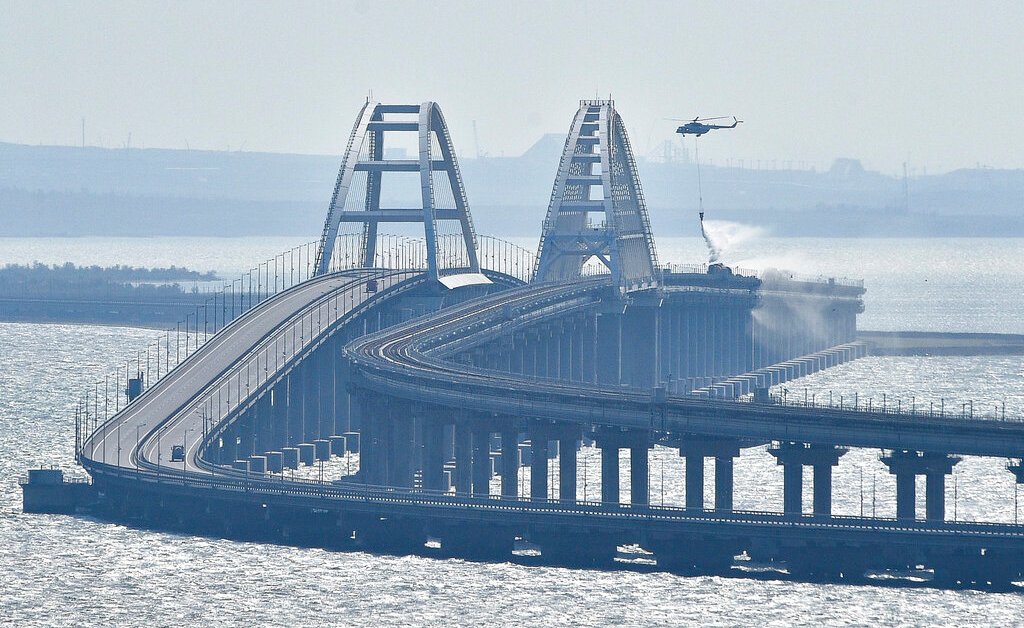
KHARKIV, Ukraine — An explosion caused the partial collapse of a bridge linking the Crimean Peninsula with Russia on Saturday, damaging a key supply artery for the Kremlin’s faltering war effort in southern Ukraine. Russian authorities said a truck bomb caused the blast and that three people were killed.
The speaker of Crimea’s Kremlin-backed regional parliament immediately accused Ukraine of being behind the explosion, though Moscow didn’t apportion blame. Ukrainian officials have repeatedly threatened to strike the bridge and some lauded the destruction, but Kyiv stopped short of claiming responsibility.
The bombing came a day after Russian President Vladimir Putinturned 70, dealing him a humiliating blow that could lead him to up the ante in his war on Ukraine. Hours after the explosion, Russia’s Defense Ministry announced that the air force chief, Gen. Sergei Surovikin, would be the commander of all Russian troops fighting in Ukraine.
The statement marked the first official appointment of a single commander for the entire Russian force in Ukraine. Over the summer, the military announced that Surovikin was placed in charge of Russian troops in southern Ukraine.
In another potential setback for Putin, a Kremlin-backed official in Kherson, one of four Russia-annexed regions in Ukraine, announced a partial evacuation of civilians.
Kirill Stremousov, deputy chief of Kherson’s Russian-appointed administration, told Russia’s state-run RIA Novosti agency that young children and their parents, as well as older people, could be relocated to two southern Russian regions.
Russian lawmakers called for Putin to declare a “counterterrorism operation” in response to the bridge bombing. Such a move could be used by the Kremlin to further broaden the powers of security agencies, ban rallies, tighten censorship, introduce restrictions on travel and expand a partial mobilization that Putin ordered last month.
Russia’s National Anti-Terrorism Committee said that a truck bomb caused seven railway cars carrying fuel to catch fire, resulting in a “partial collapse of two sections of the bridge.” A man and a woman who were riding in a vehicle across the bridge were killed by the explosion and their bodies were recovered, Russia’s Investigative Committee said. It didn’t provide details on the third victim or on what happened to the truck driver.
The blast occurred even though all vehicles driving across it undergo automatic checks for explosives by state-of-the-art control systems, drawing a stream of critical comments from Russian war bloggers.
The truck that exploded was owned by a resident of the Krasnodar region in southern Russia, Russia’s Investigative Committee said. It said that investigators arrived at his home as part of the inquiry and are looking at the truck’s route and other details.
The 19-kilometer (12-mile) bridge across the Kerch Strait linking the Black Sea and the Sea of Azov opened in 2018 and is the longest in Europe. The $3.6 billion project is a tangible symbol of Moscow’s claims on Crimea and has provided an essential link to the peninsula, which Russia annexed from Ukraine in 2014.
Crimea holds symbolic value for Russia and is key to sustaining its military operations in southern Ukraine. While Russia seized areas north of Crimea early on during the invasion and built a land corridor to it along the Sea of Azov, Ukraine is pressing a counteroffensive to reclaim them.
The Russian Defense Ministry said troops in the south were receiving necessary supplies through the land corridor and by sea. Russia’s Energy Ministry said Crimea has enough fuel for 15 days and that it was working on ways to replenish stock.
Train and automobile traffic over the bridge was suspended. Rail traffic would resume Saturday night, the Russian Transport Ministry said, and automobile traffic on one of the two links that remained intact would start up again soon. The ministry said vehicles would drive one way in one direction, and the flow would be alternated.
Putin was informed about the explosion and he ordered the creation of a government panel to deal with the emergency.
The speaker of Crimea’s Kremlin-backed regional parliament blamed Ukraine for the explosion, but downplayed the severity of the damage and said the bridge would be promptly repaired.
Leonid Slutsky, head of the foreign affairs committee in the lower house of Russian parliament, said “consequences will be imminent” if Ukraine is responsible.
Gennady Zyuganov, the head of the Russian Communist Party, which is nominally in the opposition but votes in line with Kremlin wishes in parliament, said the “terror attack” should serve as a wake-up call.
“The long-overdue measures haven’t been taken yet, the special operation must be turned into a counterterrorist operation,” he said.
Sergei Mironov, the head of the Just Russia faction in parliament, said that Russia should respond to the explosion on the bridge by attacking key Ukrainian infrastructure including power plants, bridges and railways.
The statements, especially from Zyuganov and Slutsky, may herald a decision by Putin to declare a counterterrorism operation.
The parliamentary leader of Ukrainian President Volodymyr Zelenskyy’s party on Saturday stopped short of claiming that Kyiv was responsible but appeared to cast it as a consequence of Moscow’s takeover of Crimea.
“Russian illegal construction is starting to fall apart and catch fire. The reason is simple: if you build something explosive, then sooner or later it will explode,” David Arakhamia, the leader of the Servant of the People party, wrote on Telegram.
The Ukrainian postal service announced that it would issue stamps commemorating the blast like it did after the sinking of the Moskva, a Russian flagship cruiser, by an Ukrainian strike in late May.
The secretary of Ukraine’s National Security and Defense Council, Oleksiy Danilov, tweeted a video with the Kerch Bridge on fire on the left side and video with Marilyn Monroe singing her famous “Happy Birthday Mr. President” on the right.
In Moscow, Russian Foreign Ministry spokeswoman Maria Zakharova said that “the reaction of the Kyiv regime to the destruction of civilian infrastructure shows its terrorist nature.”
In August, Russia suffered a series of explosions at an airbase and munitions depot in Crimea, which underlined its vulnerability.
Local authorities in Crimea made conflicting statements about what the damaged bridge would mean for residents and their ability to buy consumer goods on the peninsula, a popular destination for Russian tourists year-round that is home to Sevastopol, a key city and a naval base.
The Association of Russia’s tourist agencies estimated that about 50,000 tourists were in Crimea on vacation at the time of the blast.
Elsewhere, Ukraine’s Zaporizhzhia nuclear power plant has lost its last remaining external power source as a result of renewed shelling and is now relying on emergency diesel generators, the U.N. nuclear watchdog said.
The blast on the bridge occurred hours after explosions rocked the eastern Ukrainian city of Kharkiv early Saturday, sending towering plumes of smoke into the sky and triggering a series of secondary explosions.
Ukrainian officials accused Russia of pounding Kharkiv, Ukraine’s second-largest city, with surface-to-air missiles and said at least one person was wounded. The strikes targeted two largely residential neighborhoods, the regional governor, Oleh Sinehubov, said on Telegram.
Contact us at letters@time.com.
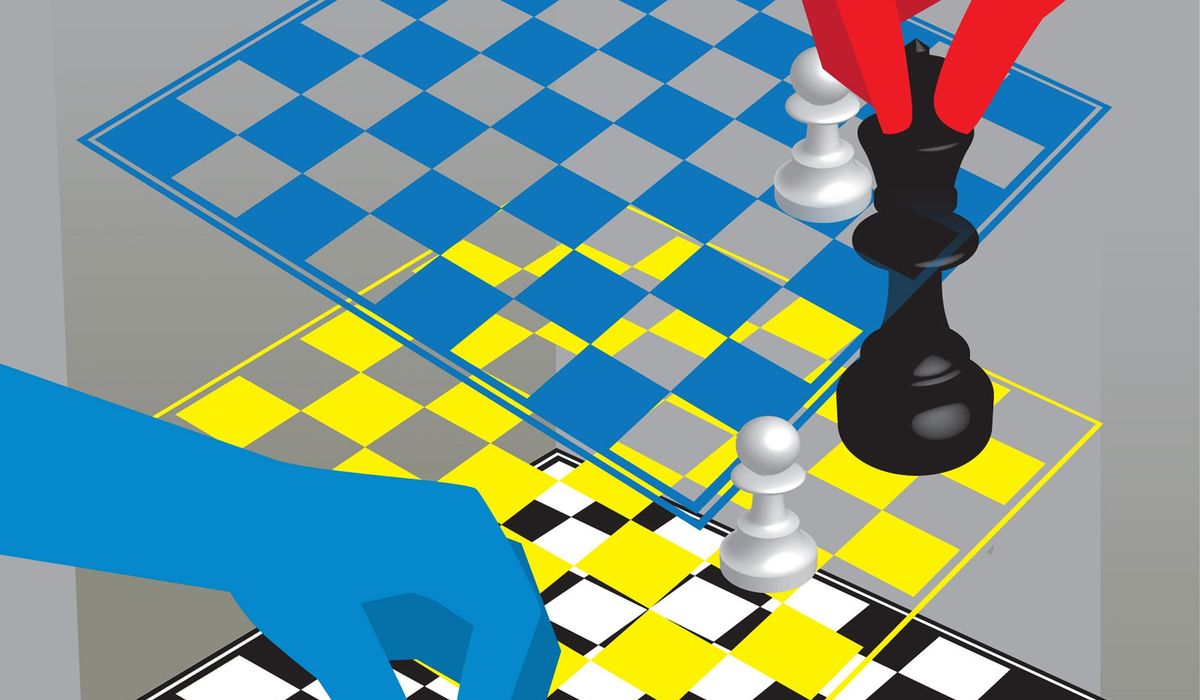

Russia-Ukraine War: Lessons for the Electronic Warfare - Web Review - 9:44 AM 10/18/2022
Google Search google.com/search?q=Russi
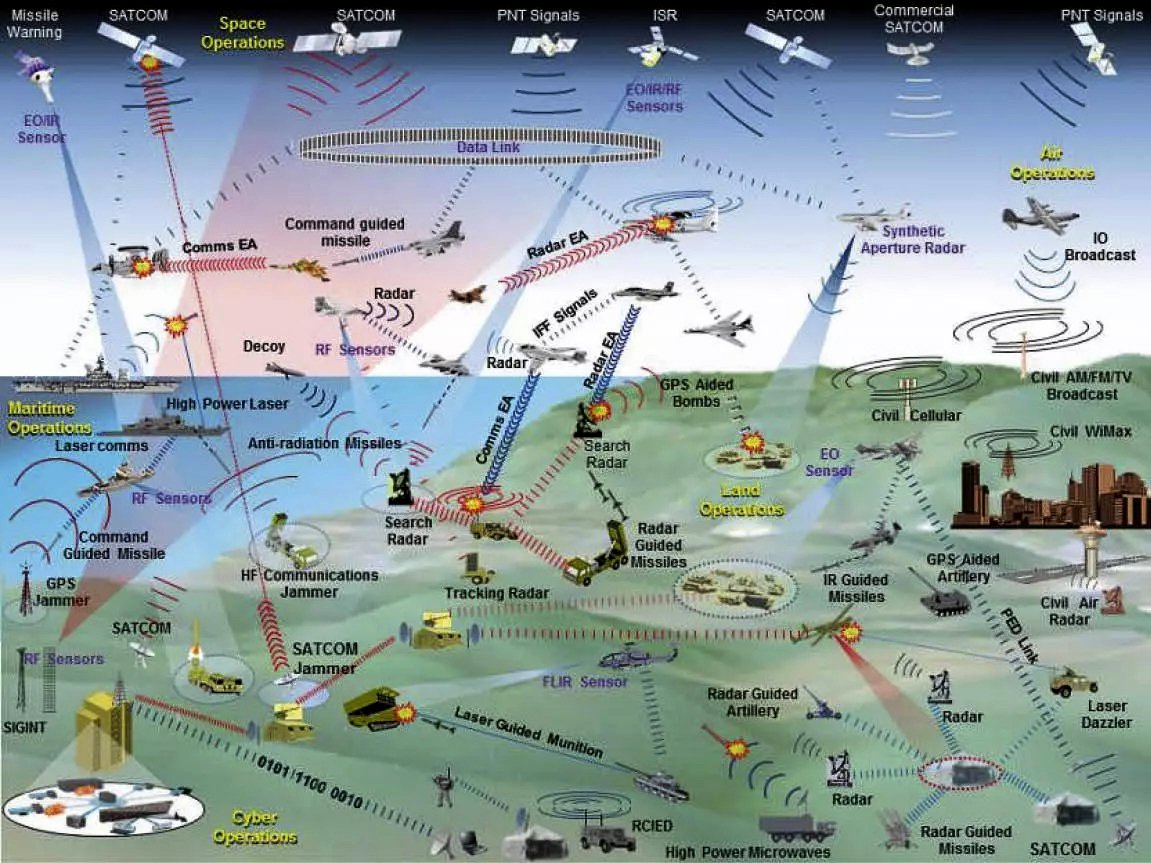
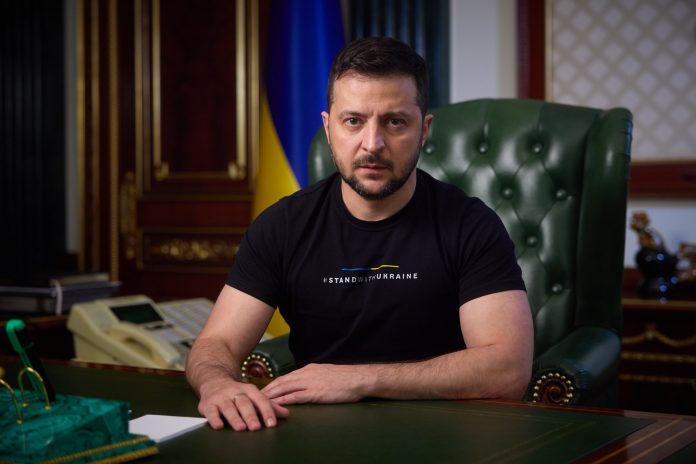
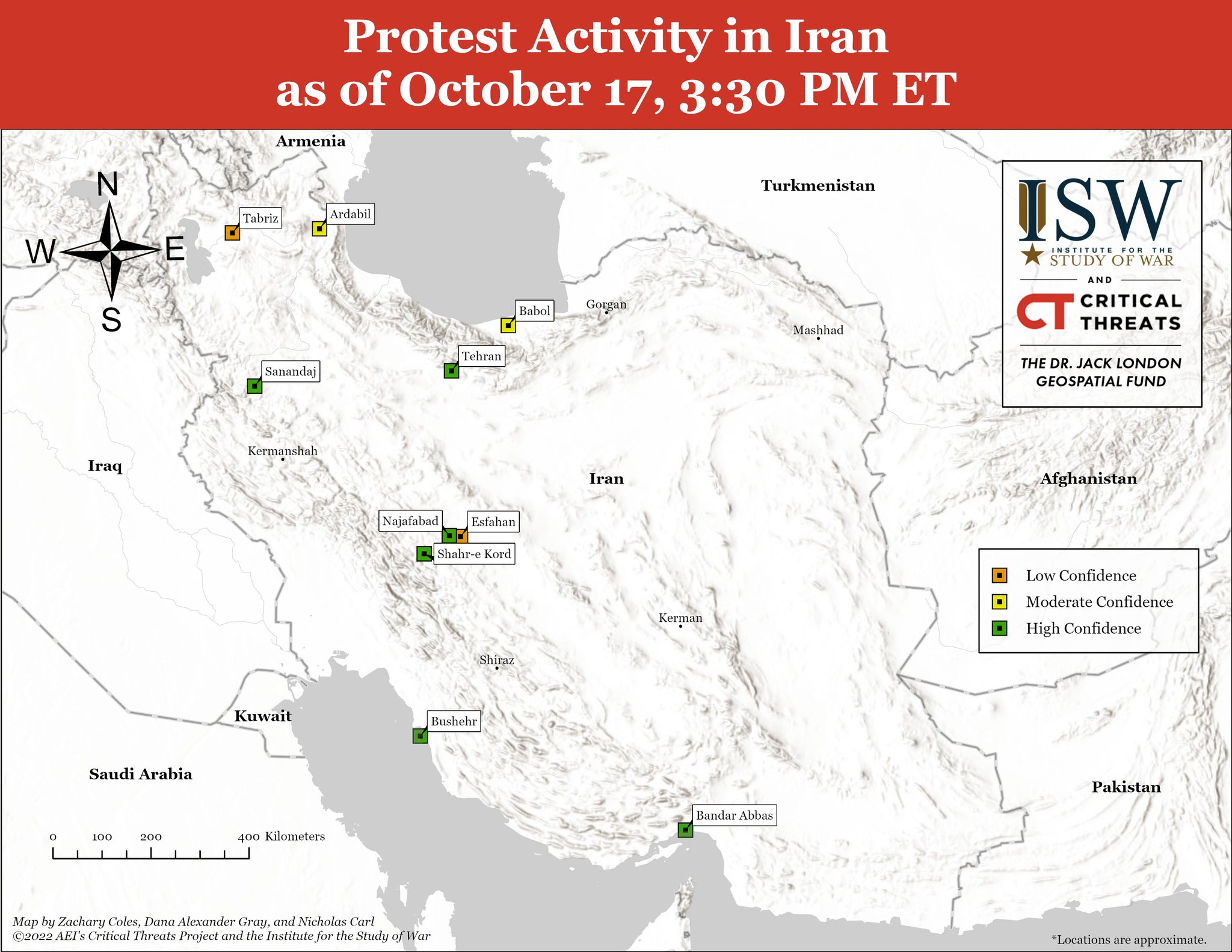
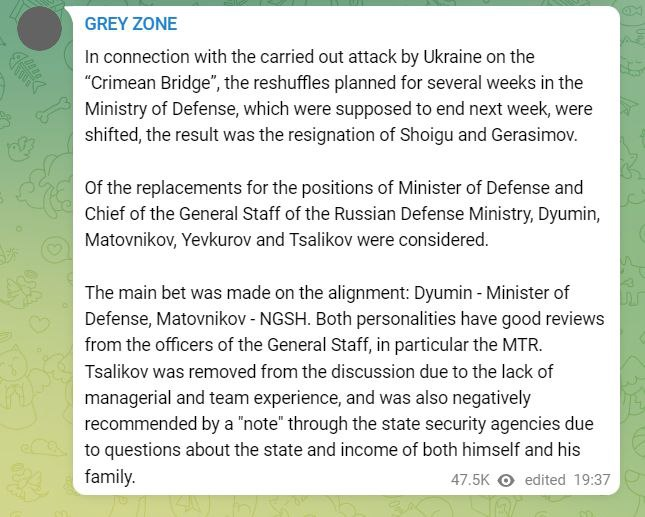
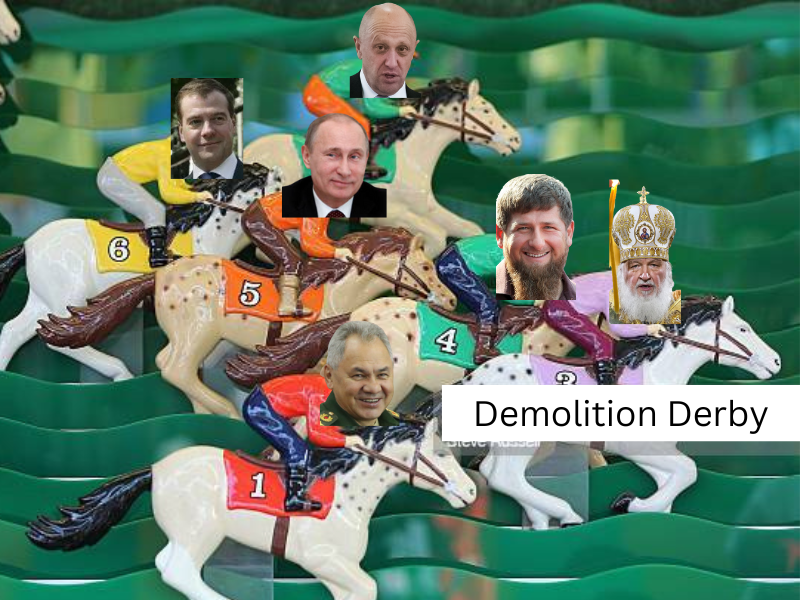
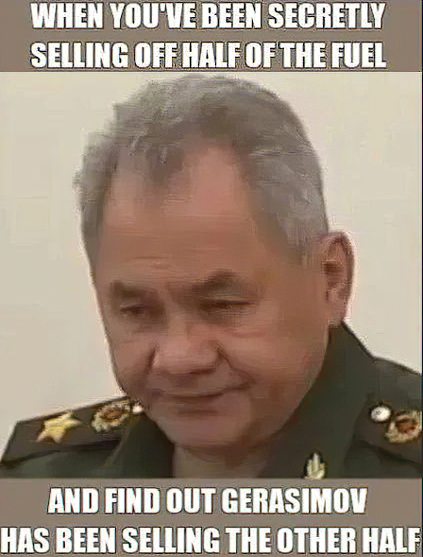
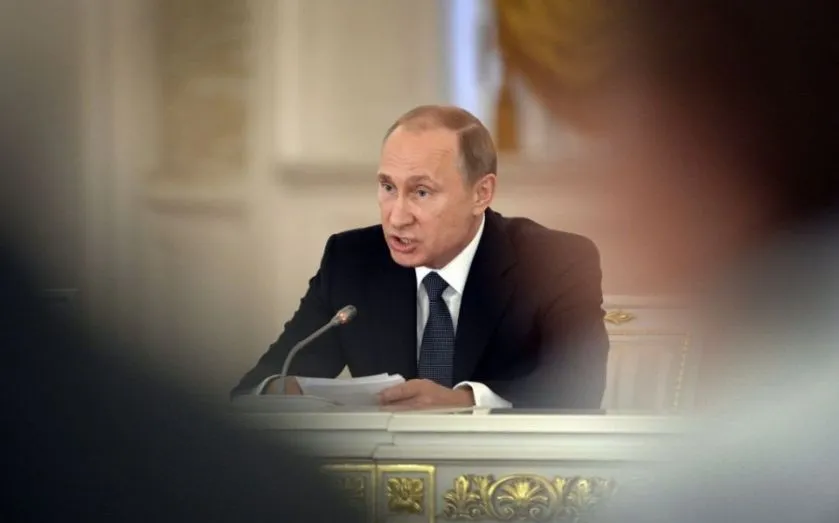
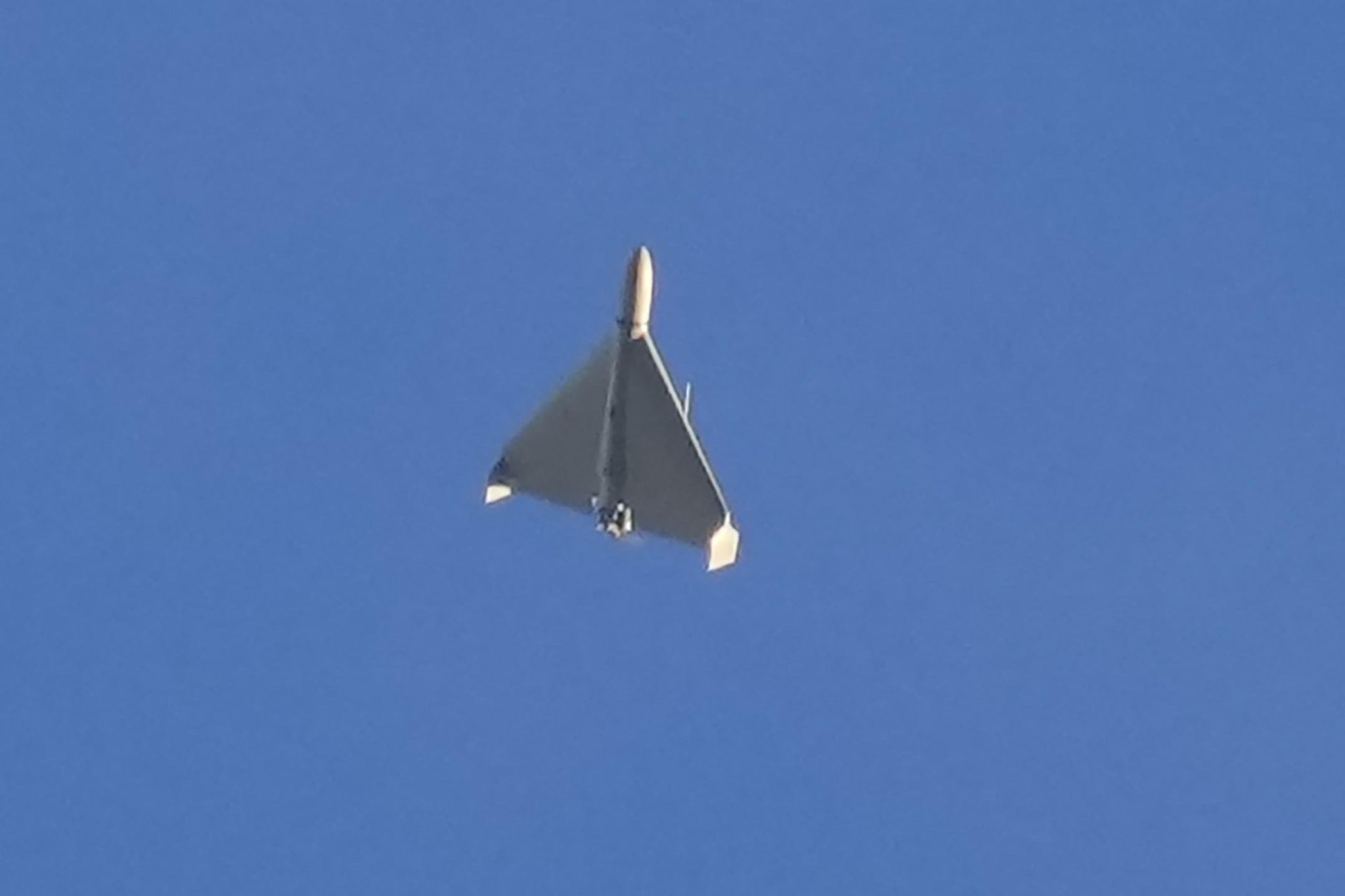
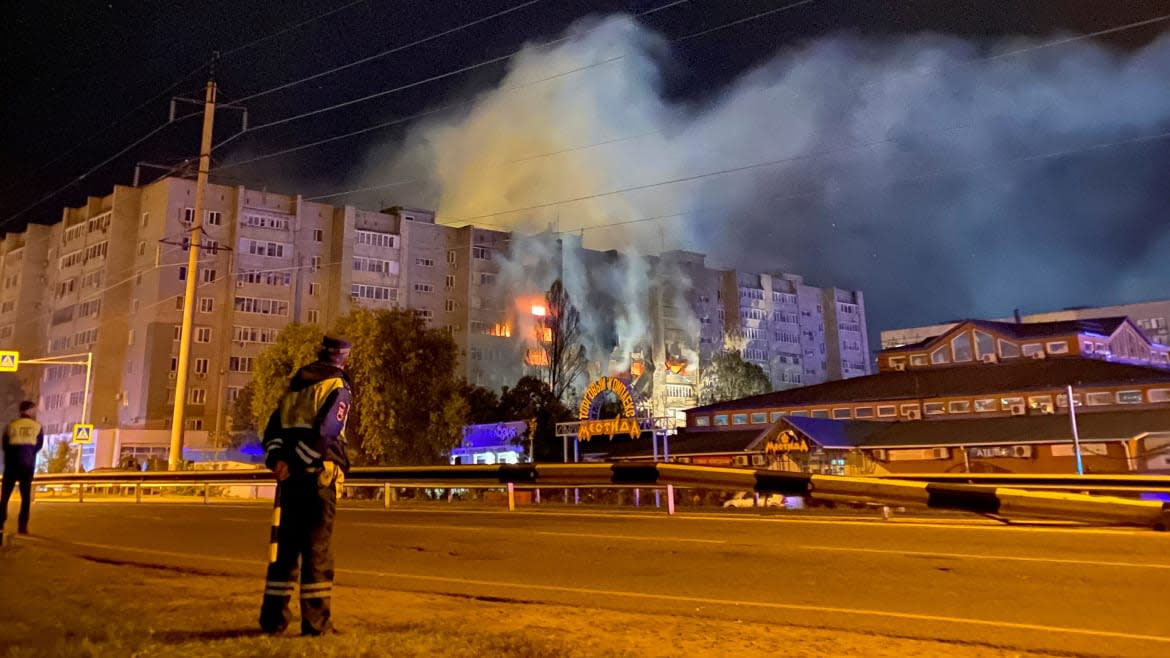


Comments
Post a Comment